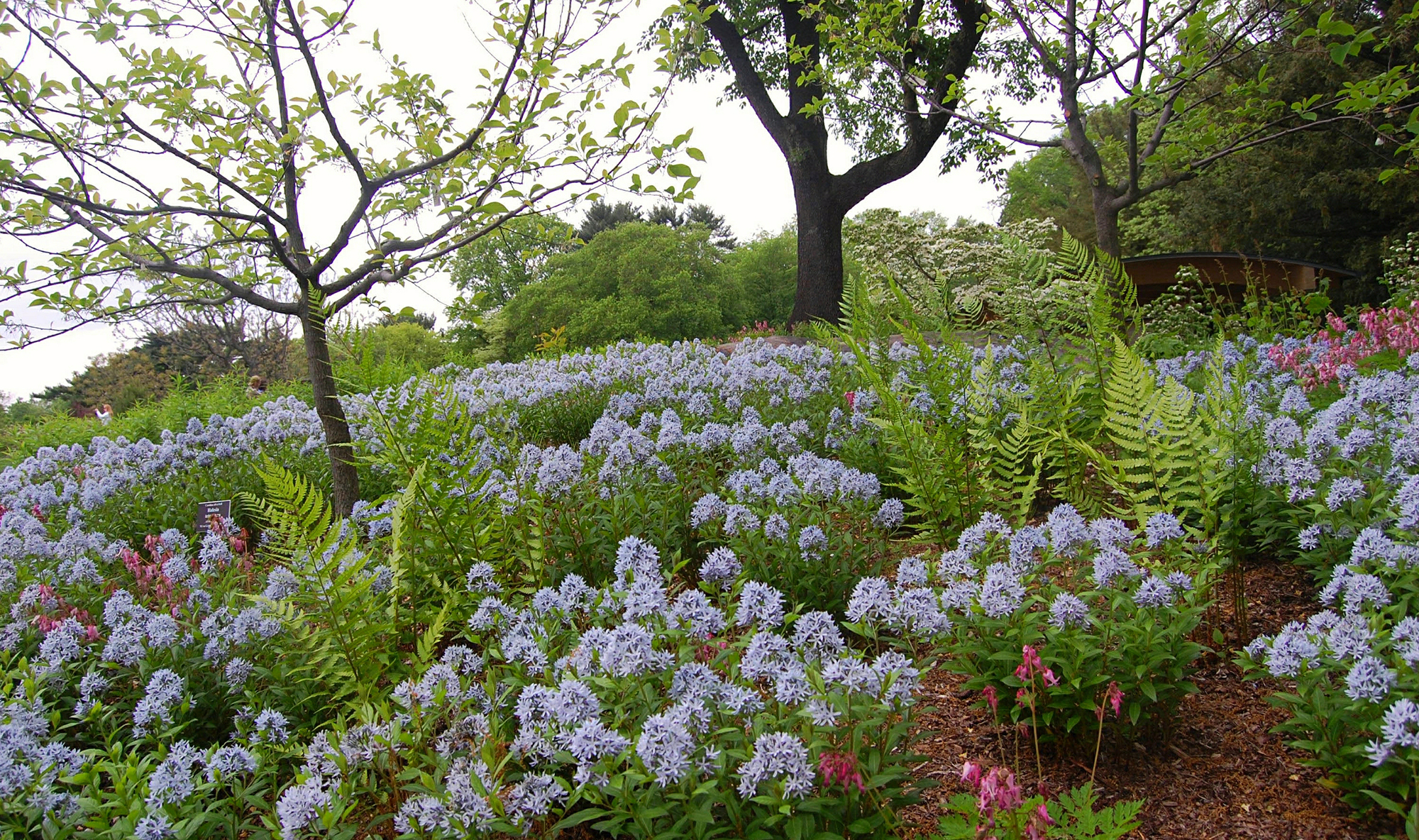
The Native Plant Garden at the New York Botanic Garden. (Photography by JR P CC BY-NC 2.0)
A list of native substitutes for nonnative (and boring) plants.
Charlotte Adelman, AB’59, JD’62, thinks you should rip out your lawn. And while you’re at it, get rid of all the nonnative plants you bought at the big box store and put in native plants instead.
In two books written with her husband, Bernard L. Schwartz, The Midwestern Native Garden (Ohio University Press, 2011) and Midwestern Native Shrubs and Trees (Ohio University Press, 2016), Adelman makes the case for native plants in gardens.
“Whether we proceed in small incremental steps or with big landscaping projects,” Adelman writes in The Midwestern Native Garden, “each of us can decide to choose native plants as alternatives for nonnative ornamentals.”
For readers looking to follow Adelman’s advice, below are some places to start. As she writes in Midwestern Native Shrubs and Trees, “The idea of restoring all of North America’s ecosystems to a pure, pre-European immigrant state is unrealistic. But perfection is not required.”
Read more about Adelmanʼs gardening philosophy in “Rip Out Your Lawn.”
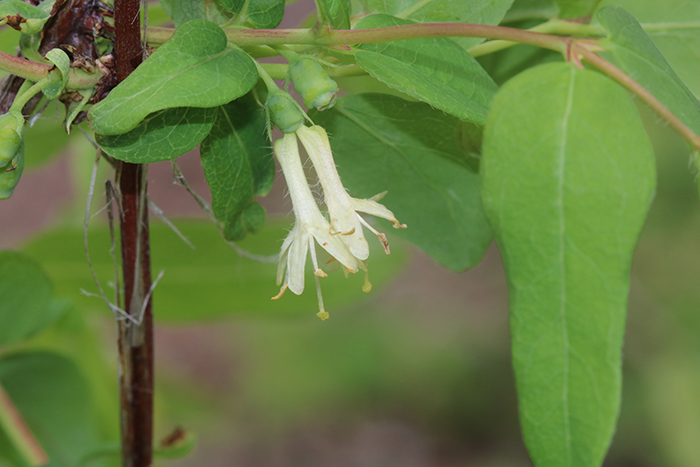
Popular nonnative plant: Various imported honeysuckles, including Asian bush honeysuckle, Amur honeysuckle, and dwarf honeysuckle. Invasive and difficult to eradicate once established. Birds nesting in these honeysuckle bushes experience higher rates of predation on their nests because of the branch structure.
Native alternative: Northern bush honeysuckle, American fly honeysuckle, mountain fly honeysuckle, twinberry honeysuckle. Native honeysuckles host 37 species of butterflies and moths. Pollinators including ruby-throated hummingbirds feed on the nectar. Birds—including robins, bobwhite quail, and ruffed grouse, along with small mammals—eat the fruits.

Popular nonnative plant: Forsythia. Adelman says the shrub’s yellow flowers “rarely receive visits from birds or butterflies,” notes that it has “neither fall color nor other ornamental value” besides the flowers, and quotes Penelope O’Sullivan, author of The Homeowner’s Complete Tree and Shrub Handbook, who calls it “a suburban landscape cliché.”
Native alternative: Any one of the currant family, including golden currant, buffalo currant, clove currant, and Missouri currant. Like forsythia, currants have yellow flowers, but they bloom from March to June instead of only April and May. “The plants attract and have special value to native bees, including their most effective pollinators, long-tongued bees.”
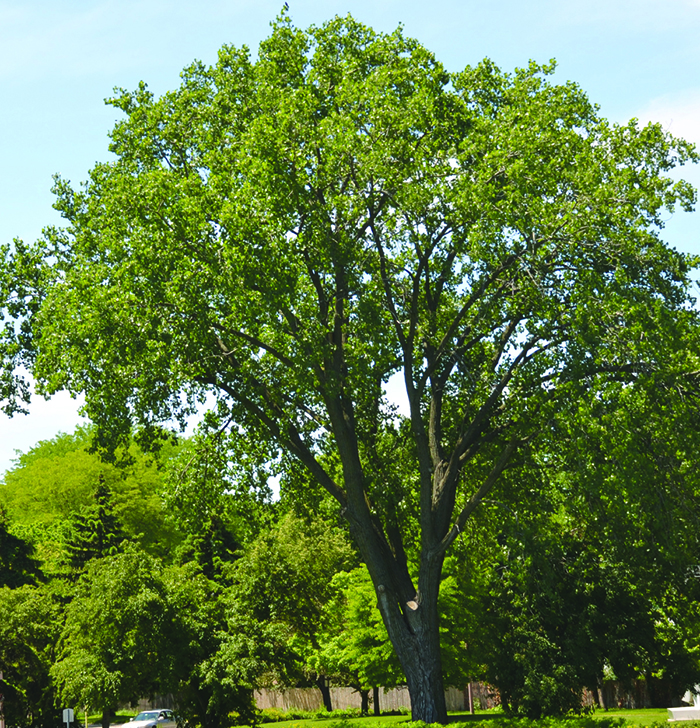
Popular nonnative plant: European aspen; black, Lombardy, gray, white, and silver poplars. Highly invasive; pollen from male aspen trees is allergenic.
Native alternatives: American aspen (also known as quaking or trembling aspen), big-toothed or large-toothed aspen, balsam poplar, balm of gilead, various cottonwood trees. Collectively, these trees host 367 species of butterflies and moths. Cottonwood trees, along with elm trees, are favorite nesting places for Baltimore orioles.
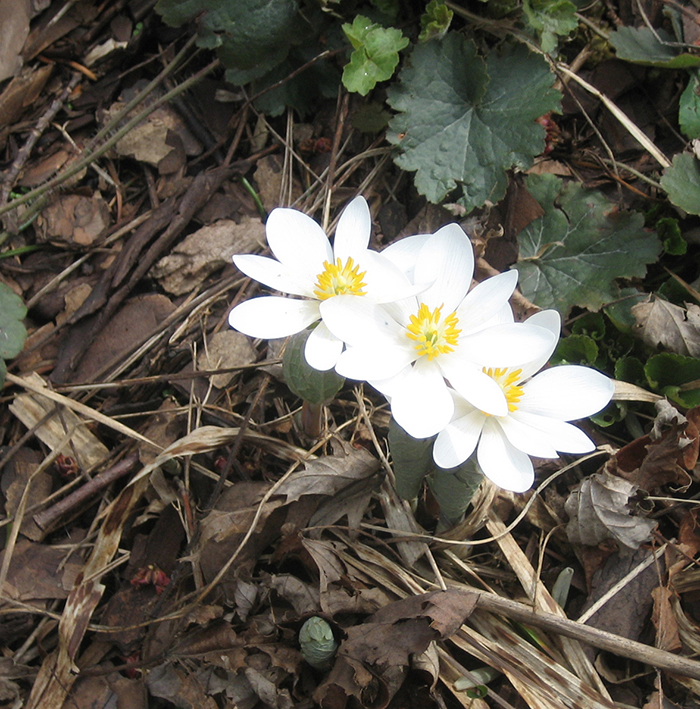
Popular nonnative plant: Crocus. To keep small mammals from digging up the bulbs—either to eat them or in search of insects or worms—many gardeners put up barriers and repellents.
Native alternatives: Many, including American pasqueflower, also known as wild crocus or blue tulip; bloodroot; fringed milkwort; various native violets. All attract various bees and butterflies. Neither American pasqueflower nor bloodroot foliage is appetizing to small mammals.
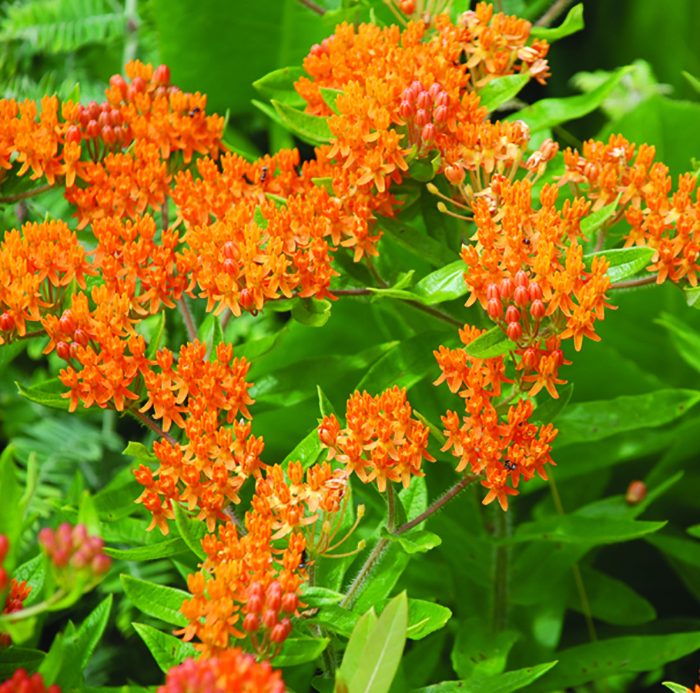
Popular nonnative plant: Daylily. Highly invasive species that hosts no butterflies.
Native alternative: Many, including butterfly milkweed, orange coneflower, and black-eyed Susan. They attract butterflies, bees, and hummingbirds.
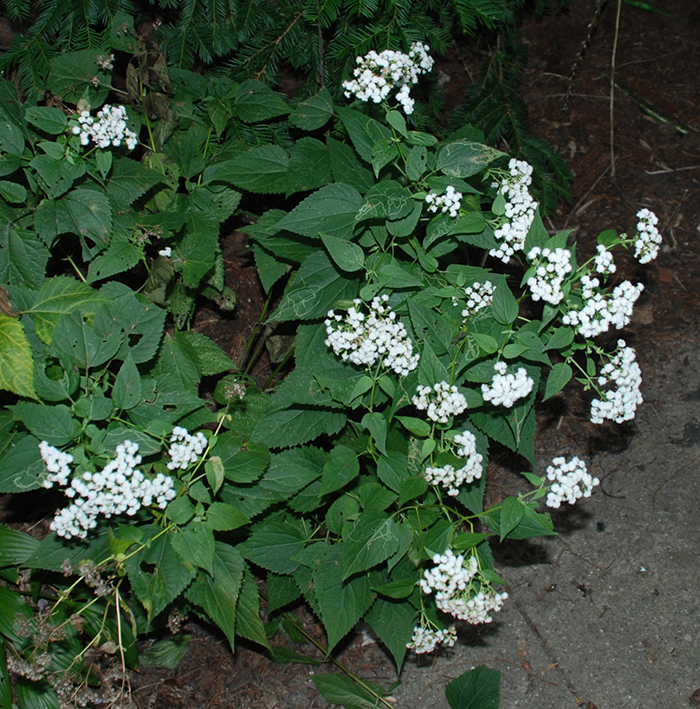
Popular nonnative plant: Chrysanthemum. Invasive and requires fertilizer to thrive.
Native alternative: False sunflower, fewleaf sunflower, and others can replace yellow or orange mums; hardy ageratum or American pokeweed can replace pink, purple, or red mums; and white snakeroot can replace white mums. All attract insects; herbivores such as deer and rabbits avoid snakeroot and pokeweed because its leaves are too bitter.
